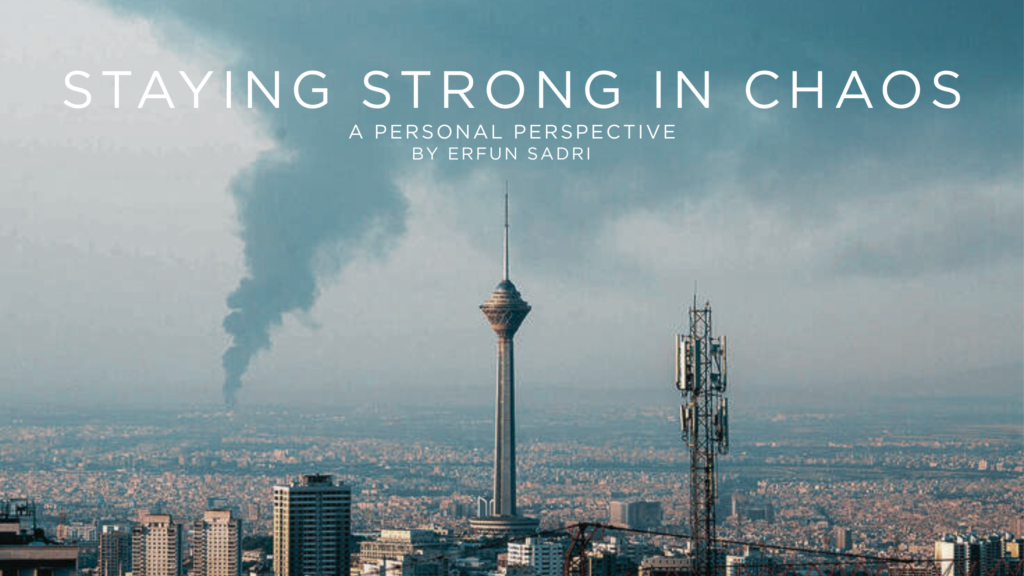In times of war, natural disasters, or political unrest, our mental health often takes a backseat. But in the chaos of uncertainty, one powerful and accessible tool can help us stay grounded: exercise. As a personal trainer and someone who has worked with clients under extreme pressure, I’ve seen firsthand how regular physical activity can provide mental relief, emotional stability, and even a sense of control during uncontrollable times.
Why Physical Activity Matters More Than Ever in Crisis Situations
During war or any high-stress situation, our bodies are in a constant “fight or flight” state. Cortisol levels rise. Sleep quality drops. Anxiety becomes a daily battle. But workouts for stress relief during war are more than just a trend they’re a proven survival tool for both the mind and body.
Whether you’re under lockdown, stuck in a conflict zone, or just dealing with overwhelming anxiety due to global instability, staying active during war and crisis can:
- Regulate stress hormones like cortisol and adrenaline
- Improve sleep, which is often disrupted in traumatic situations
- Boost serotonin and dopamine, the “feel-good” brain chemicals
- Restore a sense of routine and control, which we often lose during emergencies
Personal Experience: Movement in the Middle of Chaos
When gyms close and cities go silent, I’ve had clients train in their living rooms, basements, or even bomb shelters. I’ve designed home workouts for war conditions that required zero equipment but maximum focus not just on muscles, but on mental peace.
Even 15 minutes of bodyweight exercises during war-time stress squats, pushups, planks can redirect your mind from fear to strength. It’s not just fitness. It’s mental first aid.
“In times when the world falls apart, your workout can hold you together.”
Simple Workouts to Manage Stress in Dangerous Times
You don’t need a gym. You don’t need fancy equipment. You just need to move.
Here are quick routines you can do during any crisis:
1. 10-Minute Full Body Home Workout (No Equipment)
- 20 Bodyweight Squats
- 15 Push-Ups
- 30-Second Plank
- 20 Mountain Climbers
- Repeat 2 rounds
2. Breathing and Mobility for Anxiety Relief
- 1 Minute Deep Breathing
- 5 Cat-Cow Stretches
- 10 Arm Circles
- 1 Minute Child’s Pose
These movements aren’t about aesthetics. They’re about survival, strength, and sanity.
The Mental Benefits of Exercise During War
Physical movement can:
- Prevent panic attacks
- Stabilize mood swings
- Promote resilience and confidence
- Help you feel safe inside your own body when the world outside isn’t
In traumatic environments, many people lose the connection to their body. Exercise rebuilds that relationship. It reminds you that you’re still in control, even if only for a few minutes.
Final Thoughts: Train Not Just for Muscles But for Mental Strength
War takes lives, homes, and peace but don’t let it take your spirit. If you can’t control your surroundings, control your breath. If you can’t run outside, march in place. Your body is your safe zone, and through movement, you can reclaim it.

